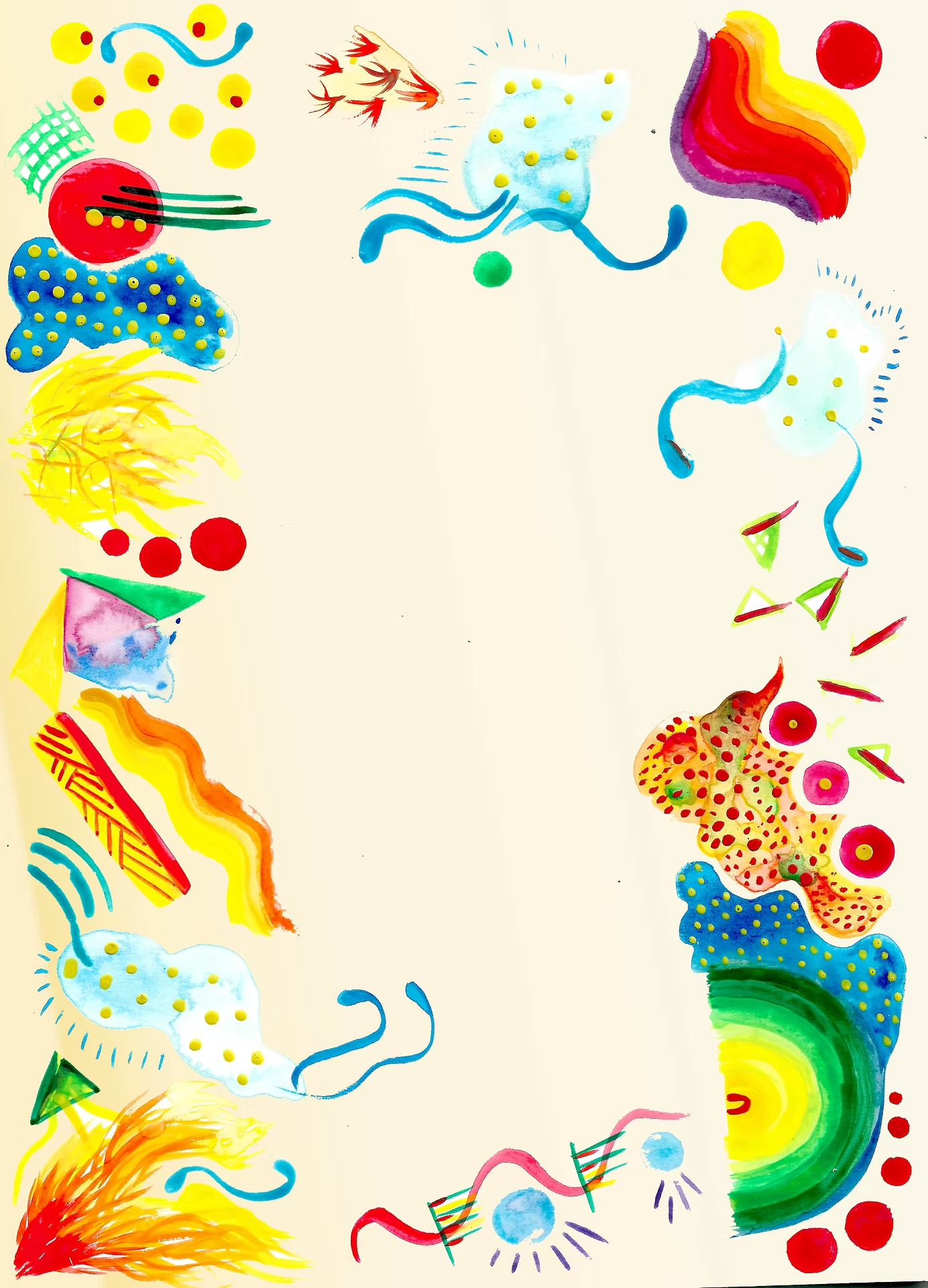


Workshop Info
Artform:
Movement
Level:
Open to All
Cultural Focus:
Brazil
Programme
Notes:
Bare feet or non-slip pumps ,comfortable loose clothing
About Workshop
Martial art, a dance, a game, music, history, culture, art...Capoeira is all of the above and more.
Why is it important and how is it relevant?
Capoeira is physically a very complete activity. Training gives you a full body workout with no equipment necessary, just yourself combined with determination and stamina! Strength, agility, flexibility, stamina, and coordination are all worked and improved by this unique art form.
Beyond the physical benefits, Capoeira teaches respect, collaboration, team work, builds self-confidence, musicality, rhythm and you also learn a new language along the way - Portuguese!
Adriano Oliveira
Capoeira Sul Da Bahia London - Monitor Adriano
ABOUT
Adriano Oliveira
Monitor Adriano is the only representative of Capoeira Sul Da Bahia in the UK under the supervision of Mestrando Pedro, Capoeira Sul Da Bahia Milan and Mestre Railson, Capoeira Sul Da Bahia, Arraial D’Ajuda.
What is Capoeira? Capoeira is a martial art, a dance, a game, music, history, culture, art…Capoeira is all of the above and more.
Motivated by a desire to rebel, the slaves developed a form of combat which they masked as a dance as they trained. This combat artform in time allowed the slaves to escape. In the following centuries, the integration of these newly-freed slaves (in 1888 slavery was abolished) proved difficult and Capoeira continued to change based on the transformations in society until now when it is recognised as a sport.
Capoeira’s laborious history carries with it the benefits of the different cultures it came across on its journey. Ethical and moral direction; a great example of resilience; dance; song; combat which co-exist in a sole practice.
Today Capoeira is practiced in pairs within a circle of people (la roda) who can take turns to enter the circle and take part. A collection of traditional capoeira instruments complete the circle accompanied by the two participants. Traditionally there is no winner or loser and the two participants take turns until the roda finishes (usually whoever is playing the lead instrument) by stopping the music.